Supplementing maximum residue levels (MRLs) for inorganic arsenic in fish and seafood
Recently, the Vietnam SPS Office received Notice No. G/SPS/N/EU/825 from the Secretariat of the SPS Committee, World Trade Organization (WTO) regarding the European Union (EU) Food Safety Authority's draft amendments and supplements to Regulation (EU) No. 2023/915 establishing maximum residue levels (MRLs) of inorganic arsenic in fish and other aquatic products.
Specifically, the EU has added maximum residue levels (MRLs) for inorganic arsenic in fish and other seafood from 0.05 – 1.5 ppm. The regulation is expected to be issued and take effect in July 2025. The EU allows certain products to continue to be on the market until their expiry date.
Accordingly, the EU has very detailed regulations on inorganic arsenic residues in the draft. For example, the maximum residue level is applied to the wet weight of the product. In the case of whole fish exported, the maximum residue level will be calculated for the whole fish.
In addition to fish, the EU also applies MRLs for inorganic arsenic to certain crustaceans such as crabs, or bivalve molluscs such as scallops.
Previously, the EU did not set specific limits for inorganic arsenic in fish and fishery products.
Mr. Ngo Xuan Nam, Deputy Director of the Vietnam SPS Office, said: The EU's proposal of the above draft regulations to seek opinions from WTO members aims to protect the health of consumers in the EU market and comply with the provisions of the SPS Agreement.
“The draft amendment to the EU regulation establishing maximum residue levels (MRLs) of inorganic arsenic relates to fish products and other aquatic products of WTO members that have been exported to the EU market. In fact, some aquatic species may have small amounts of inorganic arsenic residues in their bodies. The reason is that inorganic arsenic residues in water or sediments then enter the aquatic organism through the food chain or the respiratory system,” Mr. Nam affirmed.
In addition, fish and aquatic products can be contaminated with inorganic arsenic due to environmental pollution, originating from mining, metallurgy, pesticide, dye, textile industries, etc. discharging arsenic into water sources; or fertilizers and pesticides containing inorganic arsenic flowing into rivers and lakes; or from untreated domestic wastewater; or in groundwater due to the process of washing away the earth's surface...
Faced with the EU’s control of inorganic arsenic in fish and some imported seafood, exporting enterprises have been proactively adapting, controlling and improving quality to be ready to export to the EU market. This is also a way to affirm the brand and reputation of Vietnamese seafood.
Proactively adapt to the provisions of the new draft
Regarding the new draft regulation that the EU has proposed for inorganic arsenic, the Deputy Director of the SPS Office said: Although in recent years we have not detected inorganic arsenic contamination in seafood, this does not mean that we are subjective.
“Proactively adapting to SPS measures of import markets in general and the EU in particular is a solution that authorities are promoting to implement. Accordingly, the Vietnam SPS Office has promptly updated information to relevant agencies, units, and industry associations; the Department of Fisheries and Fisheries Control ( Ministry of Agriculture and Environment ) has directed the implementation of a program to monitor and supervise the quality of water environment and sediment environment in farming areas to strictly control the content of inorganic arsenic in water,” Mr. Nam shared.
According to Mr. Nam, inorganic arsenic contamination is almost undetected in the processing process but mainly in the farming areas and water quality. Therefore, controlling the quality of aquaculture water in farming areas is extremely important.
Regarding Vietnamese seafood production and processing enterprises, Mr. Nam said that currently, enterprises are also strengthening inspection and monitoring of inorganic arsenic content in input materials. At the same time, they are investing in advanced technology and production processes to ensure that products meet food safety standards of the EU market.
According to the International Trade Center (ITC), Vietnam is the 5th largest seafood supplier to the EU from outside the bloc in the period 2017-2022, the 2nd largest supplier from Asia, after China, and accounts for 3.7% of the EU's total seafood imports. In recent years, seafood exports to the EU have grown thanks to the recovery of this market.
In addition, the structure of Vietnam's seafood exports to the EU in the coming time is expected to have many changes when Vietnamese seafood exporting enterprises actively promote the export of seafood products that enjoy incentives from the EVFTA Agreement while the partners also prioritize choosing seafood products from Vietnam due to more competitive prices and stable raw material sources. According to the VASEP Association, the EVFTA Agreement is expected to help seafood exports grow by about 2% in the period 2020-2030.
Source: https://baoninhthuan.com.vn/news/152419p1c25/doanh-nghiep-thuy-san-tang-cuong-kiem-tra-giam-sat-ham-luong-arsenic-vo-co-trong-ca-va-thuy-san.htm


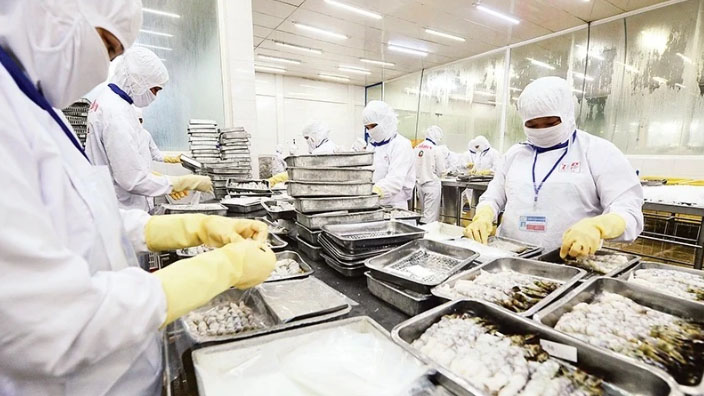
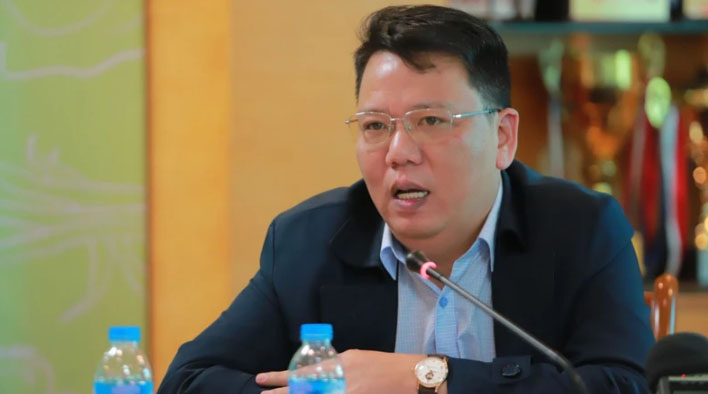
![[Photo] Readers line up to visit the photo exhibition and receive a special publication commemorating the 135th birthday of President Ho Chi Minh at Nhan Dan Newspaper](https://vphoto.vietnam.vn/thumb/1200x675/vietnam/resource/IMAGE/2025/5/17/85b3197fc6bd43e6a9ee4db15101005b)



![[Photo] Nearly 3,000 students moved by stories about soldiers](https://vphoto.vietnam.vn/thumb/1200x675/vietnam/resource/IMAGE/2025/5/17/21da57c8241e42438b423eaa37215e0e)





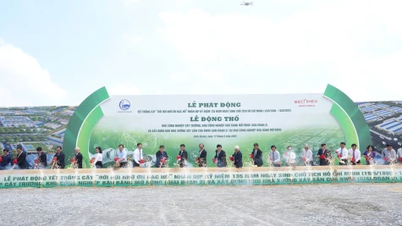

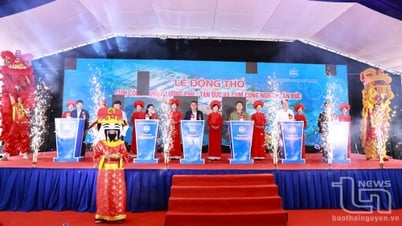

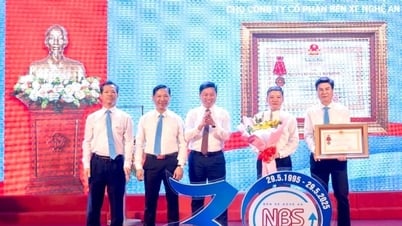

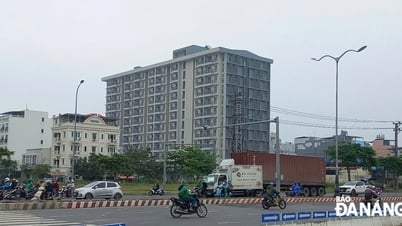







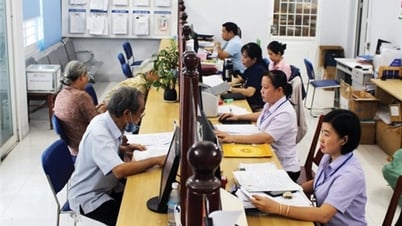
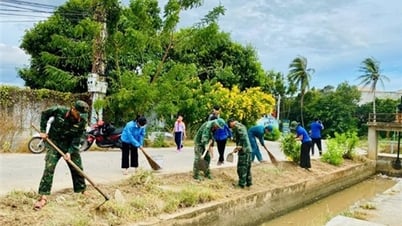



















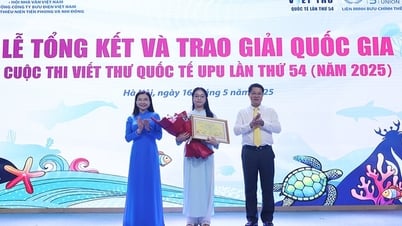

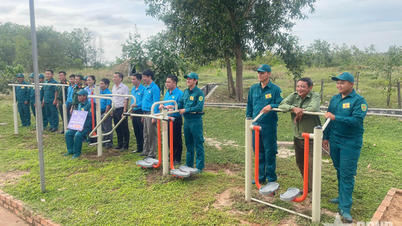













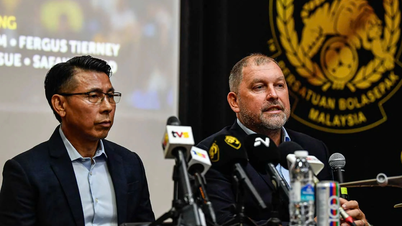
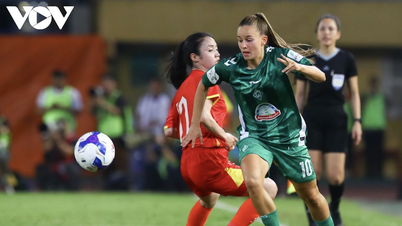

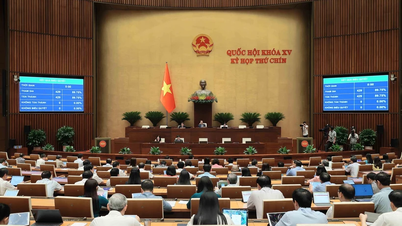












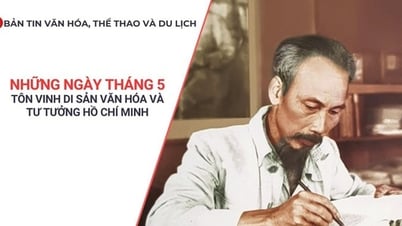
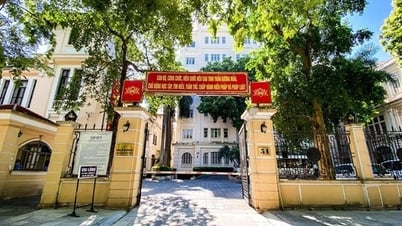
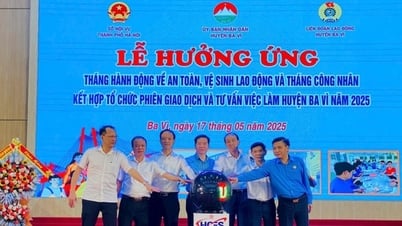

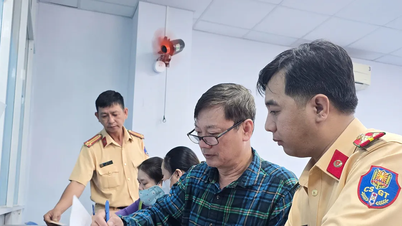


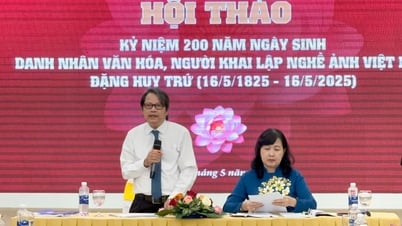

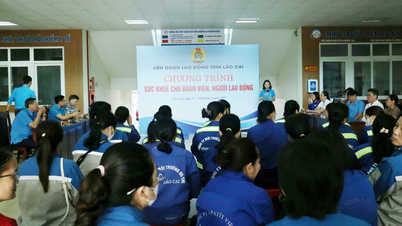

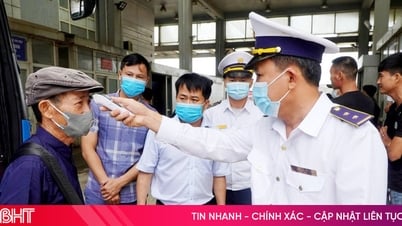








Comment (0)